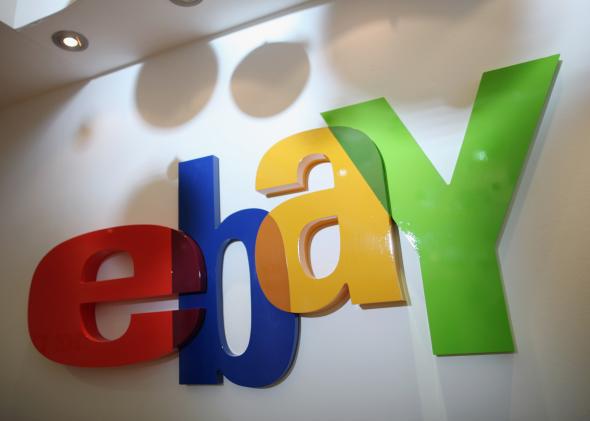Dan Schulman, PayPal’s CEO-to-be, thinks online payments are having a bit of a moment. “We are currently in one of the most exciting periods for financial services,” he told investors on Wednesday afternoon. “The online and offline payments worlds are digitizing and converging through mobile experiences.” Wall Street might agree, judging from the 5-plus percent that shares of eBay, PayPal’s parent company for a few more months, are up in after-hours trading. In the first quarter of 2015, PayPal’s total net payment volume jumped 18 percent to $61 billion. During that same period, PayPal added 3.6 million new accounts and processed some 1 billion transactions.
PayPal, which encompasses payments system Braintree and popular mobile payments app Venmo, is scheduled to spin off from eBay in the third quarter of this year. After the split, PayPal and eBay will be separate public companies but will continue to share many business relationships. As part of a deal reached a few weeks ago, eBay will continue routing roughly 80 percent of its gross merchandise sales through PayPal for the next five years, while PayPal will agree not to set up its own e-commerce marketplace. “We are deeply committed to setting up eBay and PayPal to succeed,” eBay President and CEO John Donahoe said in a statement.
Early last month, PayPal spent a reported $280 million to acquire Paydiant, a payments startup that helps big retailers create mobile wallets and mobile payment programs for their customers. PayPal’s executives are bullish on this acquisition, which they say will let PayPal capitalize on that online-offline spending convergence even faster. It will also presumably help PayPal compete with the likes of Apple, Google, and Samsung by giving retailers a more personalized option for handling digital payments. Executives are also hoping that recent changes to Google’s mobile search algorithm to favor mobile-friendly Web pages could end up driving more traffic toward PayPal’s mobile-first site.
“Everything we’ve done in the first six months of my tenure is positioning PayPal to take advantage of what I see as one of the greatest opportunities for growth the payments industry has ever seen,” Schulman said.
As for eBay, revenue from its key Marketplaces segment—which includes sales from eBay.com as well as specialized sites like StubHub—fell 4 percent to $2.07 billion from the first quarter of 2014. On the whole, eBay beat analysts’ targets for earnings per share and also reported sales above expectations. PayPal’s revenue, by contrast, grew to $2.1 billion, which according to the Wall Street Journal marks the first time that quarterly revenue from PayPal topped that of eBay’s core marketplace. With just a few months left before the two companies go their separate ways—to the glee of activist investors like Carl Icahn, who felt eBay was strangling PayPal’s growth—perhaps that’s a timely changing of the guard.
